Aqueduct Park in Rome, what to see: 8 places
The Park of the Aqueducts of Rome, inaugurated in 1999, is a large green lung extending over 240 hectares between the Appio Claudio district, via delle Capannelle and the Rome-Cassino-Naples railway line and represents a remnant stretch of the Agro Romano rich in tree vegetation crossed by the Felice Aqueduct that forms a pond, stream and waterfall following the ancient Acqua Mariana marrana. The park is named after the impressive remains of the aqueducts, symbols of Rome’s greatness. Ancient historians, such as Dionysius of Halicarnassus, recognized in these monuments the grandeur of the Roman Empire. The author emphasized that the aqueducts, along with the paved roads and sewers, manifested the Empire’s exceptional grandeur. Formerly known as “Old Rome,” the area was expropriated in the 1970s and cleared of barracks, thanks to the Committee to Preserve Aqueduct Park and Old Rome. In 1988, the area was included in the Appia Antica Regional Park. The latest interventions have removed the squatter gardens, restored the Acqua Mariana marrana and created bicycle and pedestrian connections with Tor Fiscal. So what to see in such an extensive area? We have selected for you eight must-see stops in this place frozen in time.
1. Aqua Marcia, Aqua Tepula and Aqua Iulia.
The three aqueducts, in the Roman section, shared several conduits, as seen in the Park, where they overlap. The Marcius Aqueduct, known as the Aqua Marcia in Latin, represents the third water supply system in ancient Rome and was built in 144 BC under the leadership of praetor Quintus Marcius Re. Unlike the Anio vetus, which drew water directly from the course of the river, the Aqua Marcia exploited one of its springs that was characterized by exceptional quality and purity, so much so that it was considered the best among those that reached Rome. Low arches at the Roma Vecchia farmhouse and other sections near the city still remain visible. In the 16th century, the arches of the Marcio Aqueduct were demolished and its piers were used as foundations for the Felice Aqueduct, a structure commissioned by Pope Sixtus V. The Aqueduct Julius (Aqua Iulia), Rome’s fifth water system, was built in 33 B.C. by Marcus Vipsanius Agrippa, a friend and ally of Octavian. This work was dedicated to the gens Iulia, the noble Roman family to which the future emperor belonged. The aqueduct collected water from Tuscolan springs, located near the “Squarciarelli” bridge in Grottaferrata, a short distance from those of the Acqua Tepula. The two shared an underground section up to the limaria pool, then the conduits separated. Thereafter, for about 9.6 km, they followed a surface route through arches already erected for the Acqua Marcia, later restructured to carry the additional load. Water flow rates increased over time through the addition of flows from the Acqua Marcia and, much later, from the Acquedotto dell’Anio Novus, and today water reaches Rome through the Marrana Mariana canal, which was commissioned by Pope Calixtus II in 1122 and, at that time, was used mainly for mills and for irrigating fields. Finally, the fourth aqueduct of the Republican era, known as the Aqua Tepula, was erected in 125 B.C. by the censors Gnaeus Servilius Cepion and Lucius Cassius Longinus. This aqueduct got its name from the “lukewarm” temperature of the water, which was maintained at 16-17 degrees at the springs. These springs were located in the volcanic region of the Alban Hills, specifically at the 10th mile of the Via Latina, between the present municipalities of Grottaferrata and Marino, and the Aqua Tepula aqueduct distributed water to four different regions: Templum Pacis, Esquiliae, Alta Semita, and Via Lata. Most of its water was intended for private citizens for domestic use through fountains and canals, while the remaining 15% surplus, was used for public purposes. Its function was to supplement other water networks, such as the Marcia aqueduct, which served the eastern parts of Rome. This water may correspond to that known today as “Pantanella” and “Acqua Preziosa.”
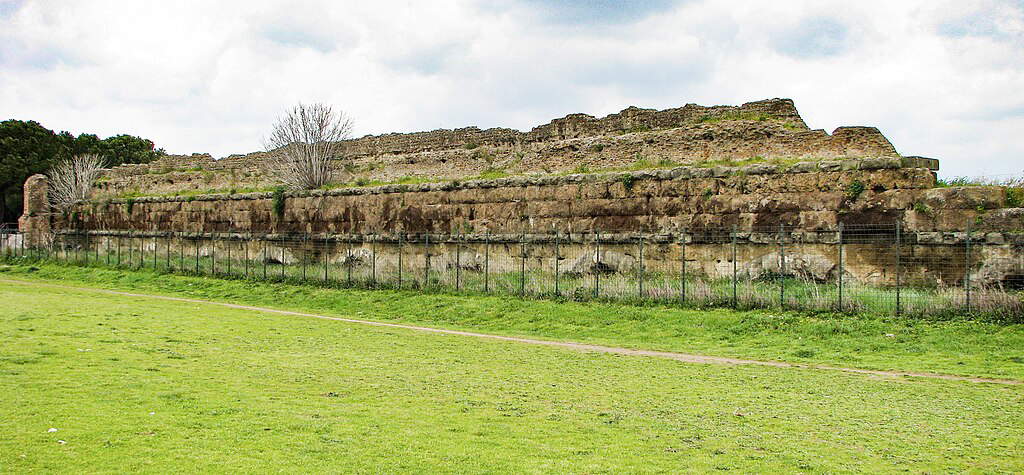
2. Villa of the Vignacce
Walking along Via Lemonia on the northern side of the Park, one can see the remains of a vast suburban villa from Ancient Rome. Excavations carried out revealed five phases of life, from the 1st to the 6th century, with mixed masonry of net and list brick. Remains include a thermal area with a large circular room covered by a dome and apsidal rooms. The villa belonged to Quintus Servilius Pudentius, a well-known builder of the time with ties to the imperial family. Here a statue was discovered depicting Marsyas, the satyr who challenged Apollo to a musical contest and was cruelly punished. The statue, carved from a block of purplish-red marble from Asia Minor, is an important artistic discovery. The core of the complex consists of a large rectangular apsidal hall with niches on each side. A cross-vaulted corridor passed behind it. Adjacent to it, a cross-vaulted quadrangular room gave access to a rectangular hall with small square rooms on the sides. A kind of antechamber preceded an apsidal area with niches. Other parallel rooms with upper floors show few remains.
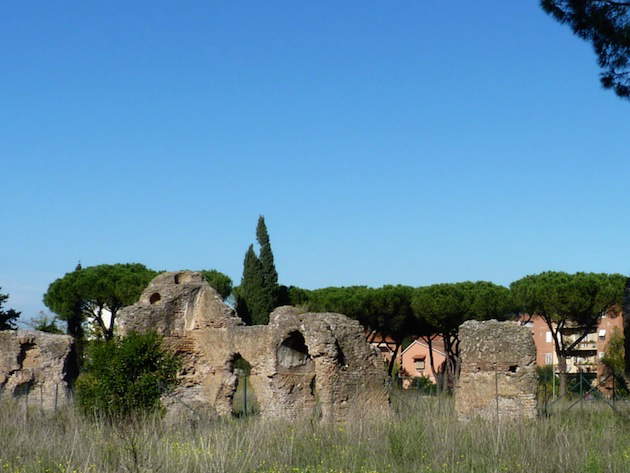
3. Cistern of Ville delle Vignacce
In the Aqueduct Park, about 150 meters southwest of the Villa delle Vignacce, the remains of an imposing cistern-tank emerge. Built in “mixed work” of latticework and brick, this took on an elongated form. This structure is arranged parallel to the Felice Aqueduct, which replaced the original Marcio Aqueduct that supplied water to the villa. The cistern, recognized as an authentic “Castellum aquae,” assumes a trapezoidal configuration and is spread over two floors and externally, it has two rows of semicircular niches, while internally it is divided into three chambers on the lower floor and four on the upper floor.

4. Claudian Aqueduct
The Claudian aqueduct, also known as the “Aqua Claudia,” was the eighth aqueduct to be built in ancient Rome and was one of the most significant because of the innovative technologies adopted, the massive labor effort expended and the considerable expenses incurred in its construction. Its construction began in 38 AD under Emperor Caligula and was completed during the principate of Claudius in 52 AD. This particular aqueduct quickly became vitally important because of its efficiency and especially because it met the growing water supply needs of a city that was constantly growing in population. Water was collected from two springs, known as Curzia and Cerulea, located in the upper Aniene valley between the present-day towns of Arsoli and Marano Equo, in small lakes with extremely clear water. The best-preserved section of this aqueduct is precisely that of the Aqueduct Park, which has also become the representative icon of the Roman countryside.
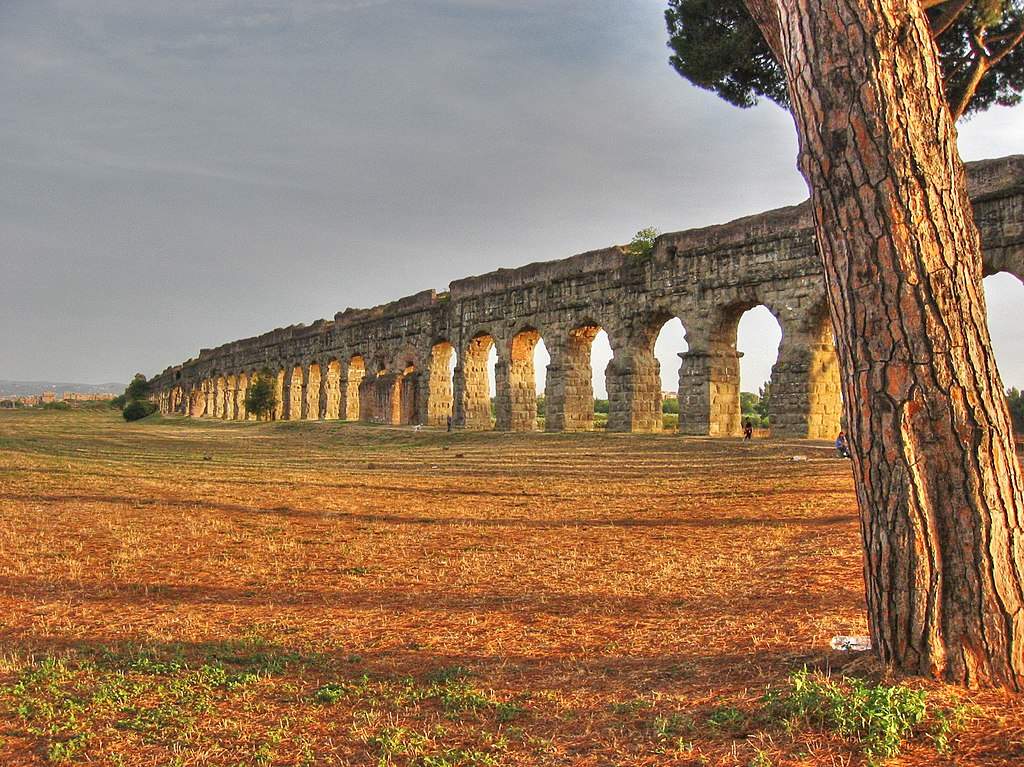
5. Felice Aqueduct
In the period between 1585 and 1587, after a time interval of more than thirteen and a half centuries since the last aqueduct was built, the construction of the Felice Aqueduct took place. This massive project was spearheaded by Matteo Bortolani and Giovanni Fontana, who was commissioned to correct the design errors of his colleague. The initiative took place during the pontificate of Pope Sixtus V, originally Felice Peretti, after whom the aqueduct was named. The Felice Aqueduct was built by reusing the sources of the Aqua Alexandrina and other nearby resources, and its trajectory ended at the Moses fountain, the work of Domenico Fontana. The main purpose of the aqueduct was to supply water to the areas of the Viminale and Quirinale hills, but it is presumed that its primary intention was instead to ensure water supply to the papal villa, which spanned both hills. The construction of the Happy Aqueduct involved the demolition of portions of the older aqueducts, such as those of Marcio, Tepula and Iulia, in order to make room for the new system.
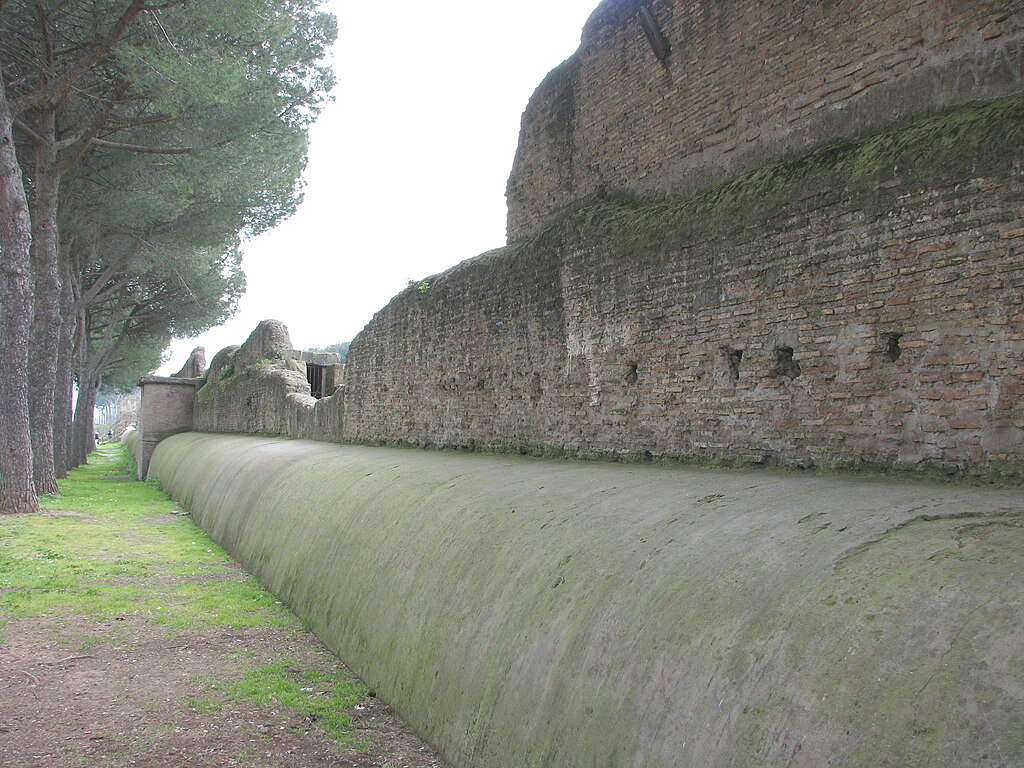
6. Acqua Mariana Ditch
The Acqua Marina ditch, built in 1122 by order of Pope Calixtus II, ensured Rome’s water supply and served water to mills and gardens of the Basilica of St. John Lateran, offering an alternative to the old aqueducts. In Rome, “marrana” denotes urban waterways, and this word appears to be related to “Ager maranus”: an area near the Appian Way where the Acqua Mariana ditch flowed. In the 20th century, water from the ditch was diverted to the Fosso del Calicetto, which joins the Almone. The Anio vetus, the second Roman aqueduct, followed the Anio Appio, built 40 years earlier.
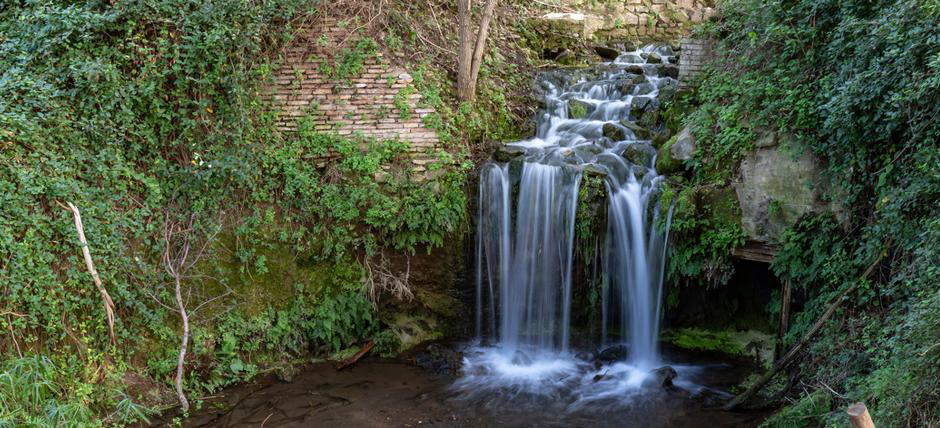
7. Barbaric Field.
In the Appia Antica Park, just outside the Aqueducts Park, is the Barbarian Camp where the Goths camped during the siege of Rome. Taking advantage of the strategic location behind Tor Fiscal, the barbarians established an entrenched camp that profited from the intersection of vital Roman aqueducts such as Claudius Aqueduct, Anio Novus, Acquedotto Marcio, Tepula and Julia. This formed a trapezoidal-shaped enclosed space of strategic importance. The aqueducts intersected near the Aqueducts Park and Tor Fiscal, allowing control of access routes to Rome. Today this feature is less evident due to the demolition and reuse of the aqueducts, however, their presence was essential in the creation of the barbarian fortified camp. A second-century AD mausoleum, made of brick, is also located in this area: it is not known who the person buried here was since no epigraphs or inscriptions have come down to us that could identify them.
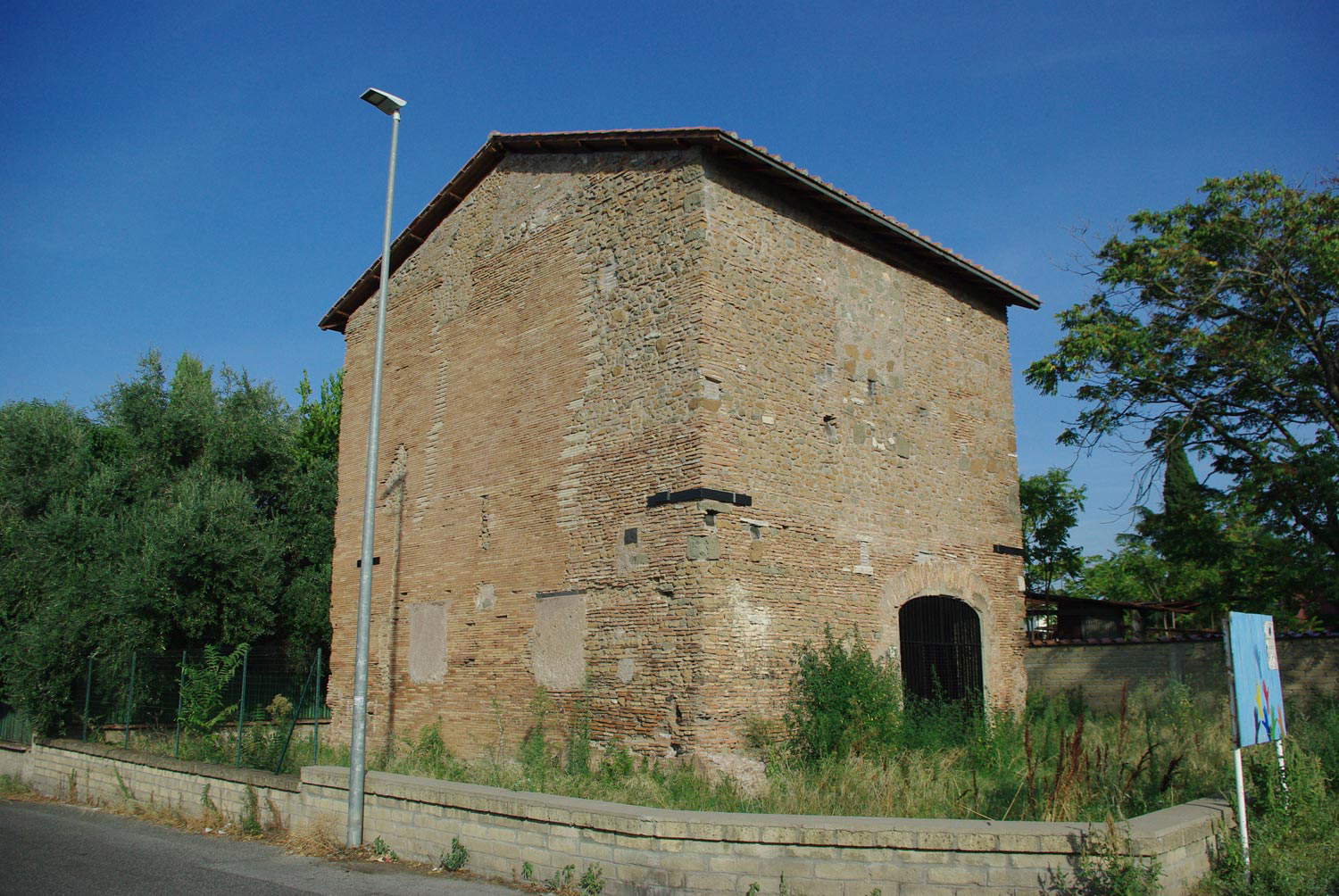
8. Tor Fiscal
The Tor Fiscal area, an integral part of Rome’s Appia Antica Regional Park, also just outside the Aquedott Park, tells the story of the ancient Via Latina and holds the remains of six aqueducts, Sepulchres and Roman villas from the imperial era. The park takes its name from Tor Fiscal, a well-preserved medieval tower about 30 meters high, dating from the 12th-13th centuries. In addition to this tower, the park’s territory is rich in monuments from various periods, such as the Temple of the god Rediculus, the Nymphaeum of Egeria, the church of St. Urban, medieval towers, the complex of the Latin Tombs, and the Aqueduct Park, where imposing ruins of the water pipes that supplied Rome with water still stand.
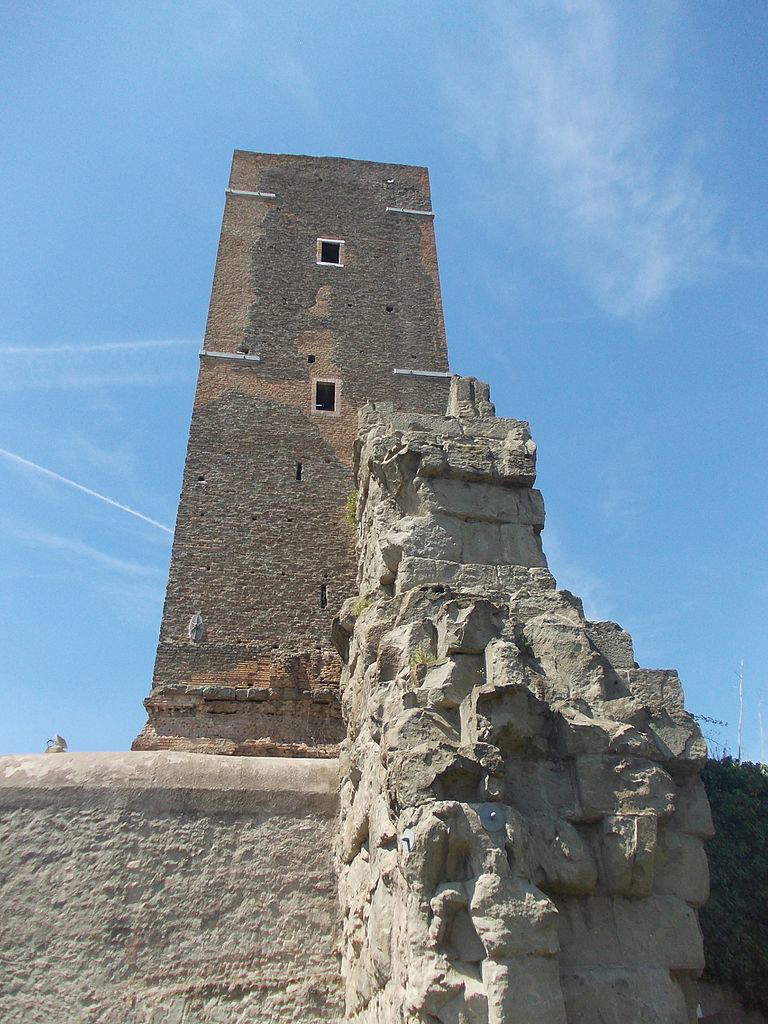
 |
| Aqueduct Park in Rome, what to see: 8 places |
Warning: the translation into English of the original Italian article was created using automatic tools. We undertake to review all articles, but we do not guarantee the total absence of inaccuracies in the translation due to the program. You can find the original by clicking on the ITA button. If you find any mistake,please contact us.





























